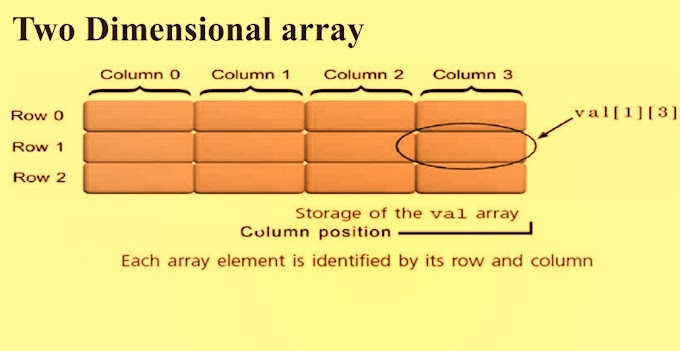The application layer is the first layer in the OSI Model and is used for establishing process-to-process communication and user services in a network. It's the interface between user applications and the underlying network. It's a layer which involves human interaction with applications and software to connect users together across the globe.
Functions of Application Layer :
- The application layer is actually an abstraction layer that specifies the shared protocols and interface methods used by hosts in a communication network.
- Synchronizing communication.
- This layer allows users to interact with other software applications.
- This application layer basically interacts with Operating System (OS) and thus further preserves the data in a suitable manner.
- Identifying communication partners.
- This application layer, performs host initialization followed by remote login to hosts.
- This layer provides a facility by which users can forward several emails and it also provides a storage facility.
- Determining resource availability.
Services of Application Layers:
- Addressing: When a client made a request to the server, the request contains the server address and its own address.
- Network Virtual terminal: An application layer allows a user to log on to a remote host. To do so, the application creates a software emulation of a terminal at the remote host.
- Mail Services: This layer provides a facility by which users can forward several emails and it also provides a storage facility.
- File Transfer, Access, and Management: An application allows a user to access files in a remote computer, to retrieve files from a computer and to manage files in a remote computer.
Features of Application Layer Protocols :
- These protocols also define basic syntax of the message being forwarded or retrieved.
- These protocols define the way to send a message and the expected response.
- These protocols also define interaction with the next level.
- The Application Layer protocol defines process for both parties which are involved in communication.
Application Layer Protocols:
- The following are some of the protocols which are provided by the application layer:
- DNS (Domain Name System): It defines how the application processes running on different systems, pass the messages to each other.
- FTP (File Transfer Protocol): It is a standard internet protocol provided by TCP/IP used for transmitting the files from one host to another.
- Telnet (Telecommunications Network): This protocol is used for managing files over the Internet. It allows the Telnet clients to access the resources of Telnet server.
- SMTP (Simple Mail Transfer Protocol): It is a set of communication guidelines that allow software to transmit an electronic mail over the internet. It is used to transfer electronic mail from one user to another user. The main purpose of SMTP is used to set up communication rules between servers. The servers have a way of identifying themselves and announcing what kind of communication they are trying to perform.
- SNMP (Simple Network Management Protocol): It is a framework used for managing devices on the internet. This protocol gathers data by polling the devices from the network to the management station at fixed or random intervals, requiring them to disclose certain information.
- HTTP (Hyper Text Transfer Protocol): It is a protocol used to access the data on the World Wide Web (www). The HTTP protocol can be used to transfer the data in the form of plain text, hypertext, audio, video etc. HTTP is similar to SMTP as the data is transferred between client and server. The HTTP differs from the SMTP in the way the messages are sent from the client to the server and from server to the client. SMTP messages are stored and forwarded while HTTP messages are delivered immediately. HTTP is a stateless protocol (network protocol in which a client sends requests to server and server responses back as per the given state), which means the server is not responsible for maintaining the previous client’s requests.
- NFS (Network File System): This protocol allows remote hosts to mount files over a network and interact with those file systems as though they are mounted locally.
Network Application Architecture:
Application architecture is of two types:
- Peer-to-peer: Both remote processes are executing at same level and they exchange data using some shared resource.
- Client-Server: One remote process acts as a Client and requests some resource from another application process acting as Server.
Peer-to-peer: It has no dedicated server in a data center. The peers are the computers which are not owned by the service provider. Most of the peers reside in the homes, offices, schools, and universities. The peers communicate with each other without passing the information through a dedicated server, this architecture is known as peer-to-peer architecture. The applications based on P2P architecture includes file sharing and internet telephony.
Client-Server: In client-server model, any process can act as Server or Client. It is not the type of machine, size of the machine, or its computing power which makes it server; it is the ability of serving request that makes a machine a server.
A system can act as Server and Client simultaneously. That is, one process is acting as Server and another is acting as a client. This may also happen that both client and server processes reside on the same machine.
Characteristics Of Client-server architecture:
- In Client-server architecture, clients do not directly communicate with each other. For example, in a web application, two browsers do not directly communicate with each other.
- A server is fixed, well-known address known as IP address because the server is always on while the client can always contact the server by sending a packet to the sender's IP address.









0 Comments